Using sensors, Big Eye can collect data about the direction of the track, measuring the distance between the track and infrastructure, including poles, tunnels, platforms and traffic lights.
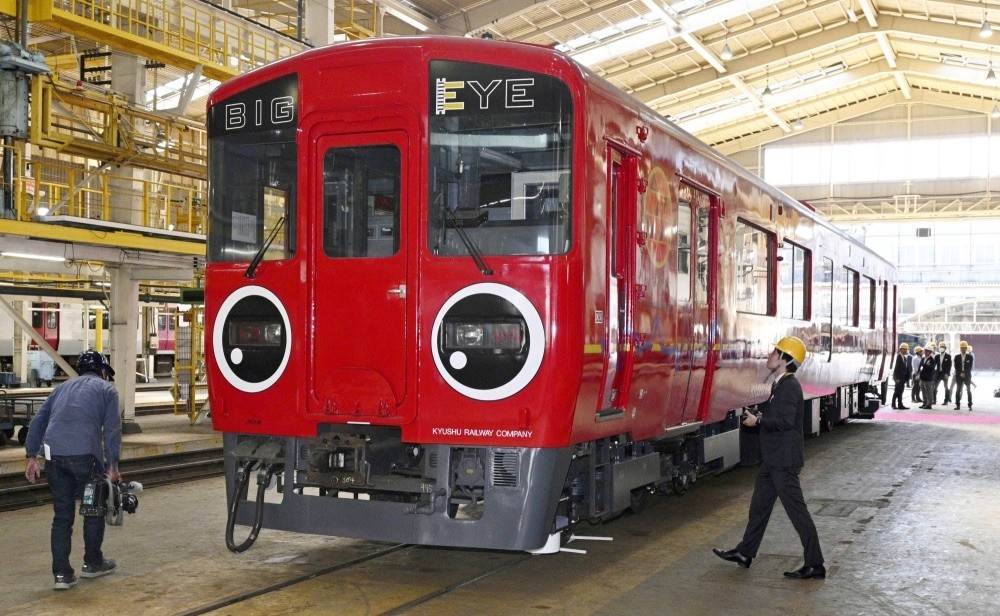 |
| The Big Eye, painted red and with two eyeball-like headlights, was rebuilt from a ship damaged by floods in July 2020 in Hitoyoshi, Kumamoto Prefecture, southwestern Japan. (Source: Kyodo) |
Japan's Kyushu Railway Company recently developed a new track inspection train called Big Eye, with many digital functions to increase the efficiency of maintenance work.
While conventional maintenance relies largely on visual inspection, the Big Eye is equipped with laser sensors and cameras to detect rail deformations and uses the vast amounts of data it collects to make assessments. The new train can operate more efficiently because it can drive itself without a locomotive towing it, unlike the current inspection train, which was in use before 1987, when the state-owned Japan National Railways was privatized.
Using sensors, Big Eye can collect data on the track’s direction of travel, measuring the distance between the track and infrastructure, including poles, tunnels, platforms and traffic lights. Continuous imaging from onboard cameras can be used to check the condition of metal fittings used to hold the rails together. The data collected is sent to the company’s system for remote analysis, reducing on-site manpower. The train uses artificial intelligence (AI) technology to analyze camera images and automatically detect areas that need maintenance.
The company plans to conduct a trial run of the Big Eye from this month to March next year in southwestern Japan, before its official launch, to evaluate the durability of the device, the accuracy of data measurement and to build a data analysis system.
In late October, Kyushu Railway Company President Yoji Furumiya confirmed that the company has enhanced train functions to carry out railway maintenance and prevent incidents, an example of railway digitalization.
The Big Eye, painted red and with eyeball-like headlights, was rebuilt from a train that was damaged by floods in July 2020 in Hitoyoshi, Kumamoto Prefecture, southwestern Japan. The train also has a cow on the back, promoting the Kumamoto region, famous for its beef. The sides of the train have a wavy pattern that resembles the tracks of railways. Kyushu Railway Company hopes the design will be popular with people, including children, like the Doctor Yellow bullet train that is used to inspect the tracks in Japan.
Source


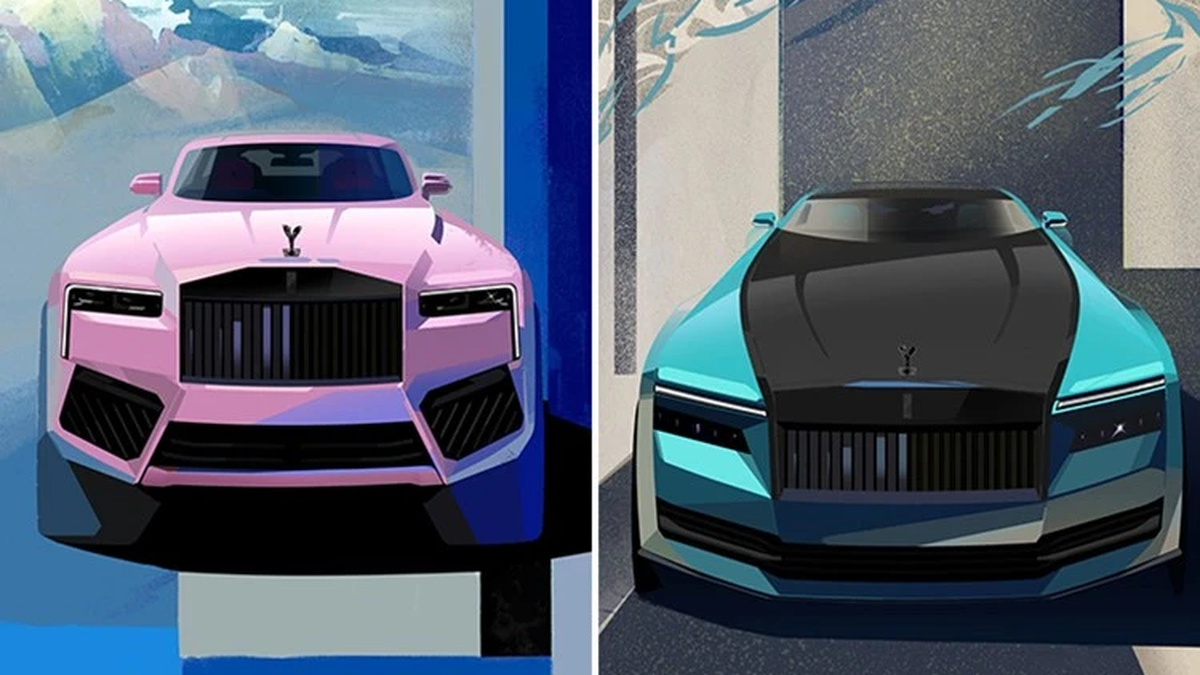






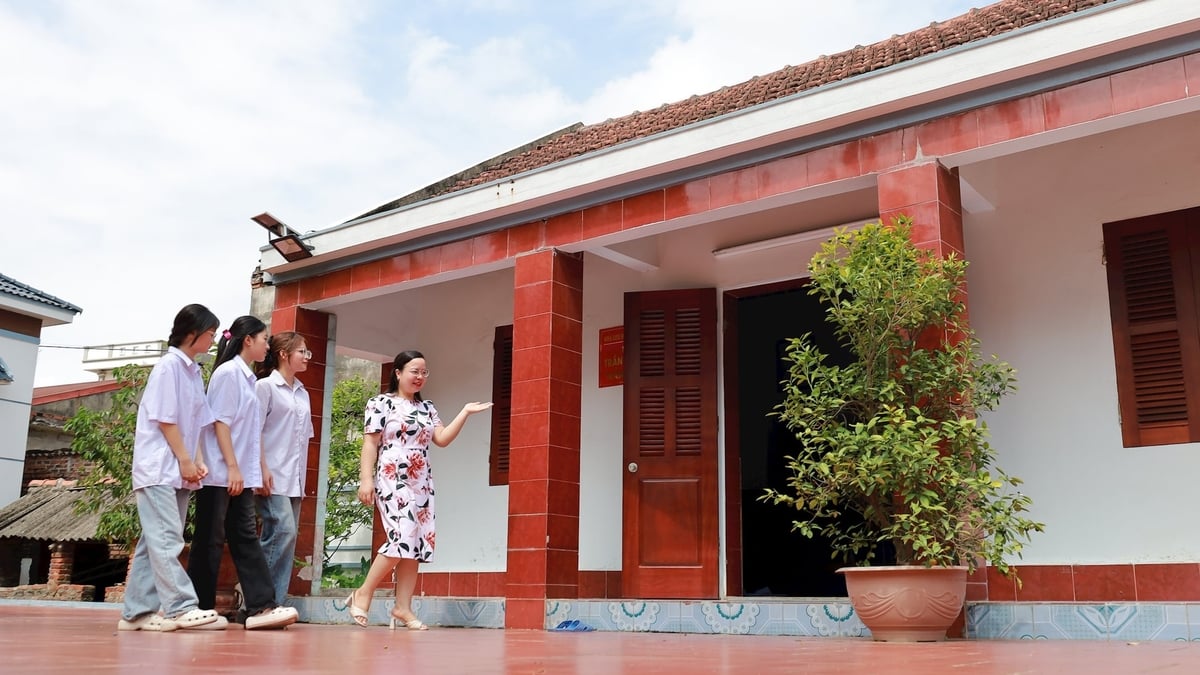
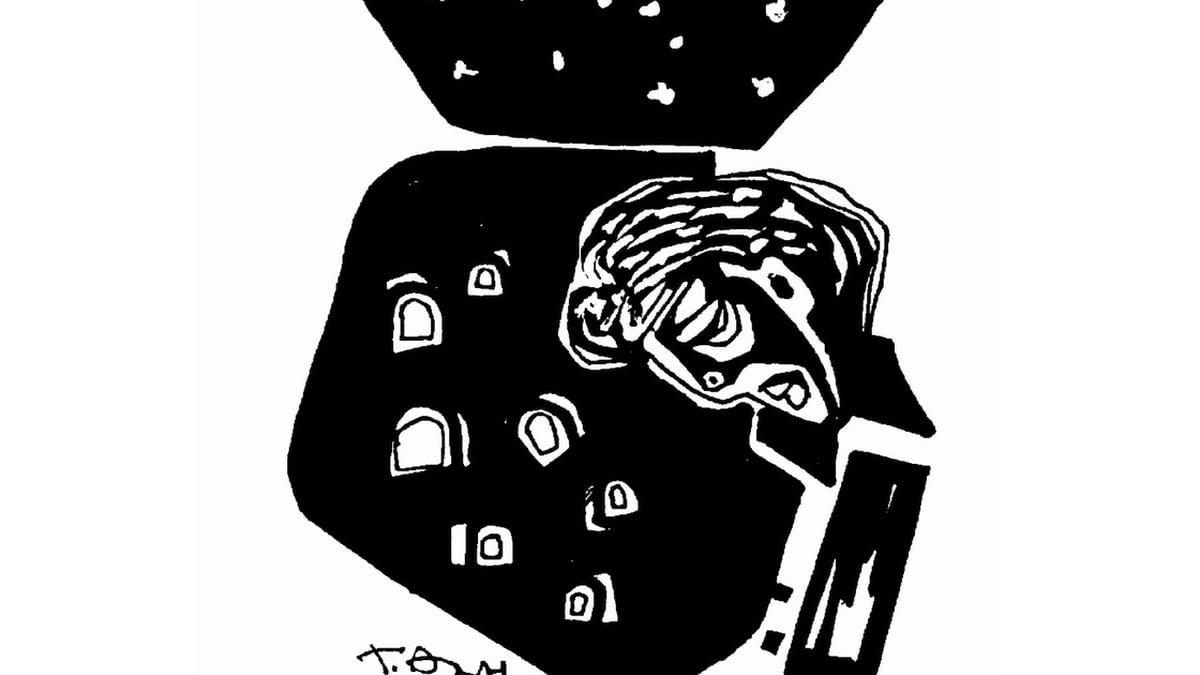











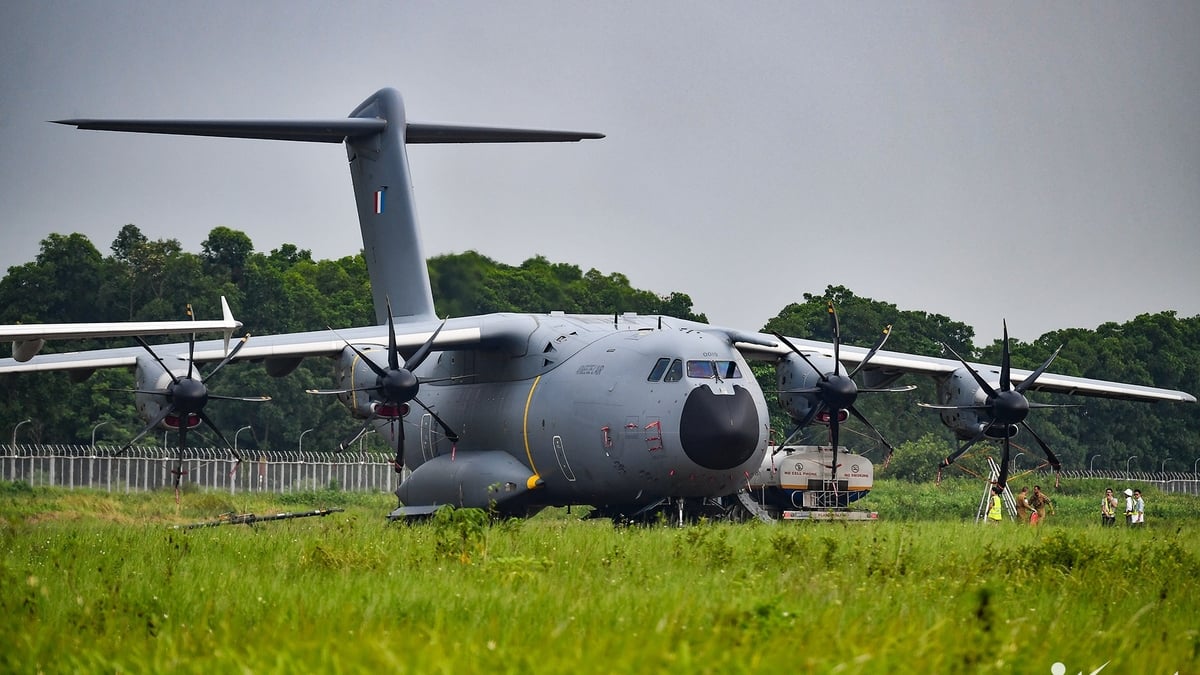
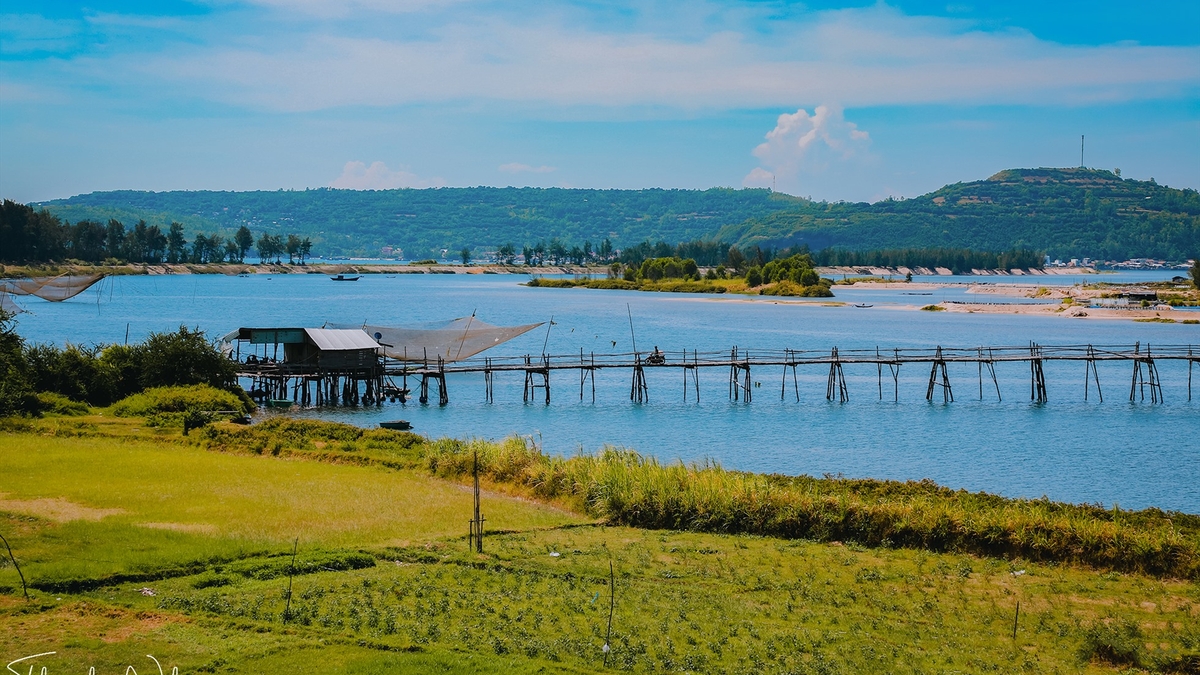

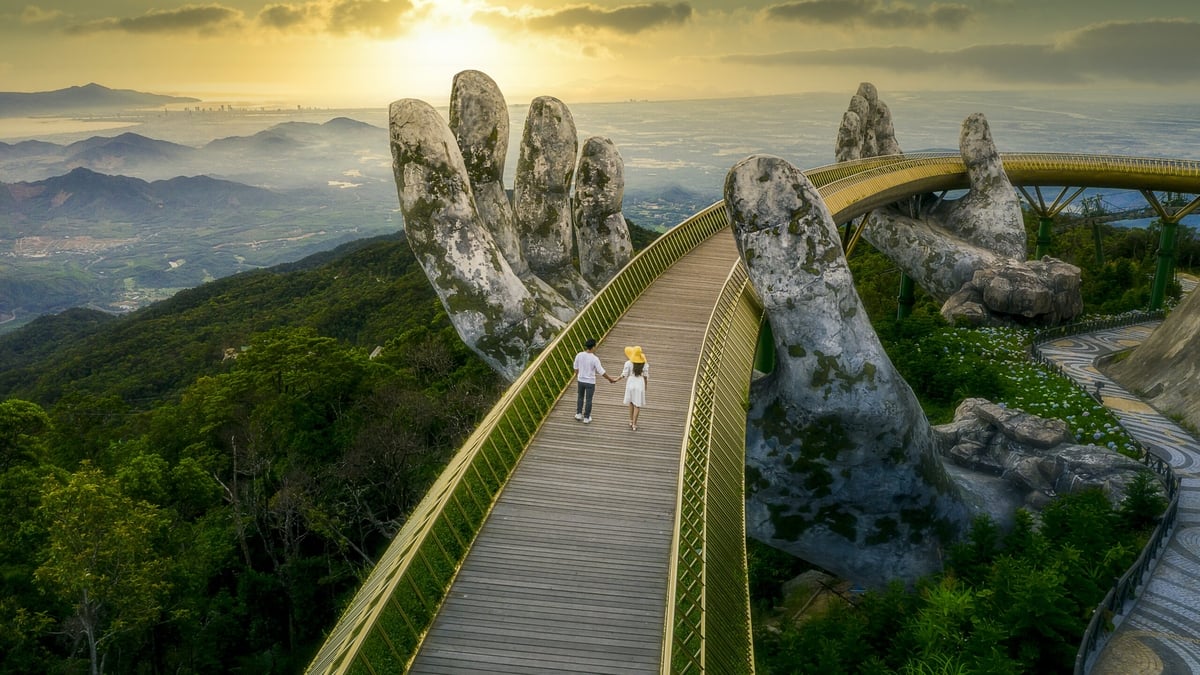

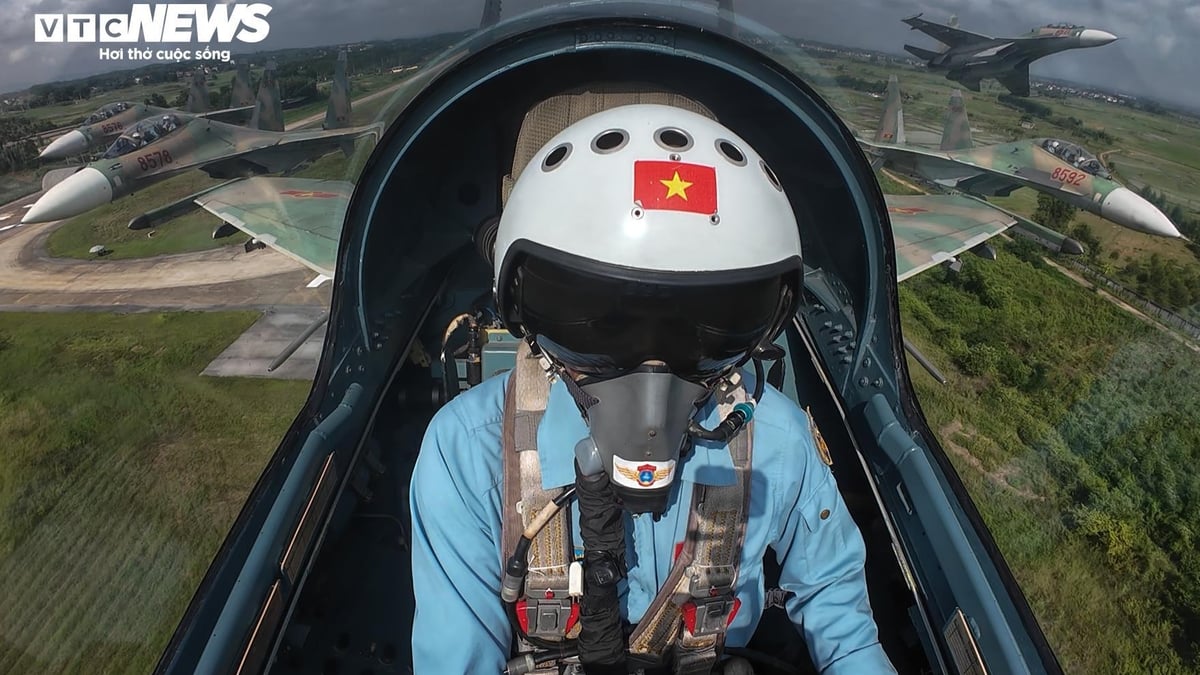
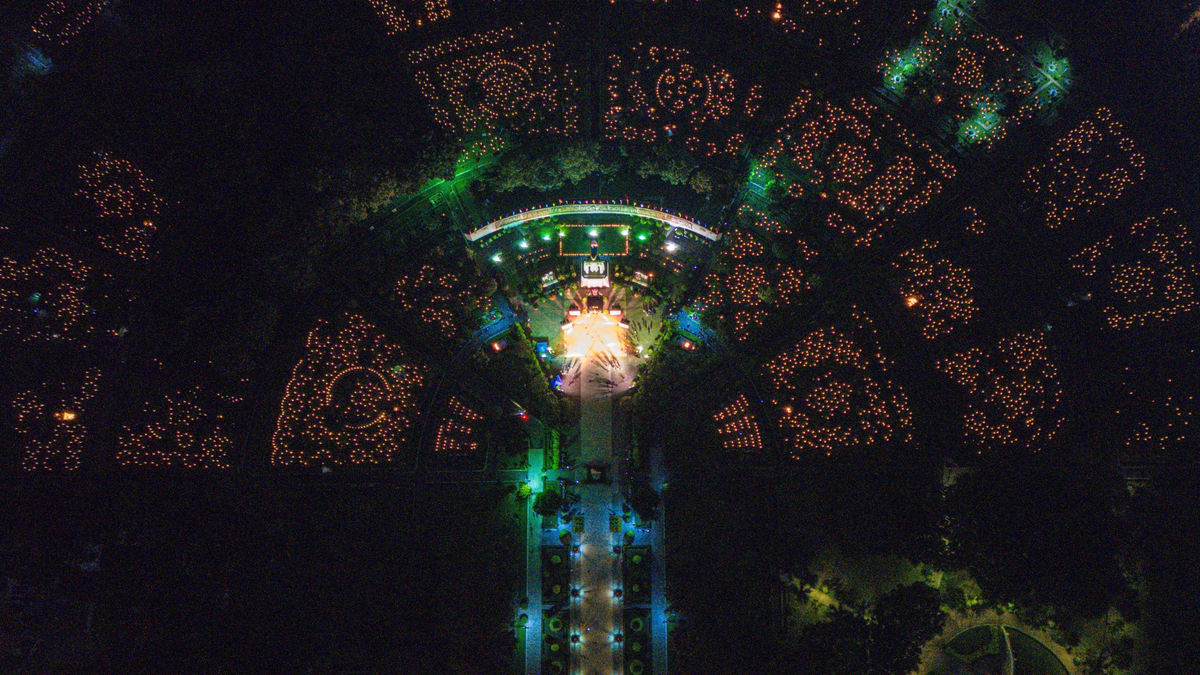



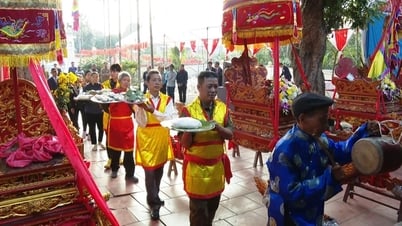

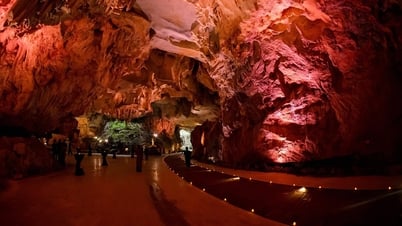




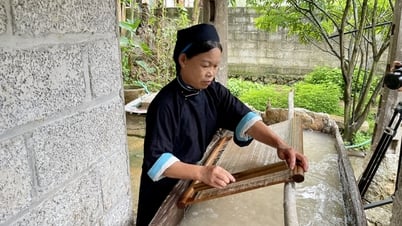

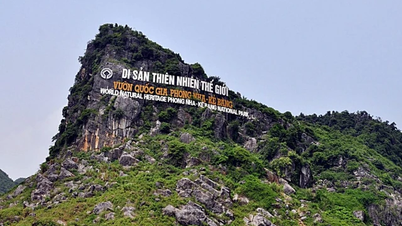

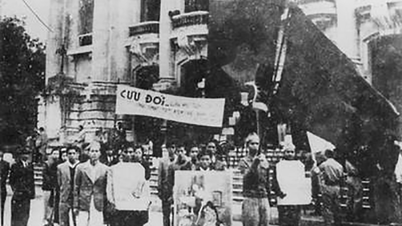





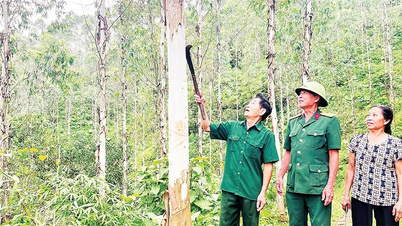



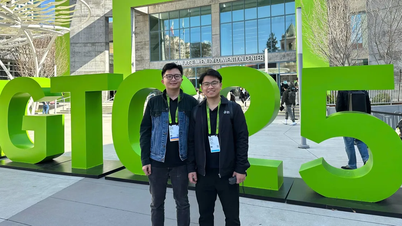






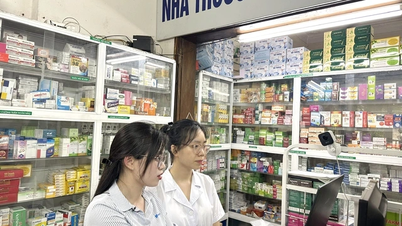
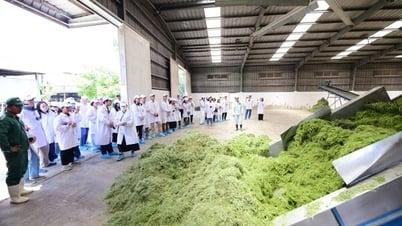

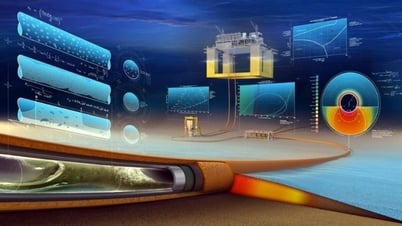



![[Photo] National Assembly Chairman Tran Thanh Man receives Chairman of Morocco-Vietnam Friendship Association](https://vphoto.vietnam.vn/thumb/402x226/vietnam/resource/IMAGE/2025/7/26/b5fb486562044db9a5e95efb6dc6a263)
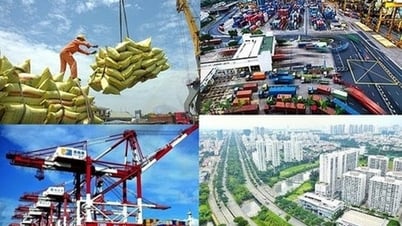

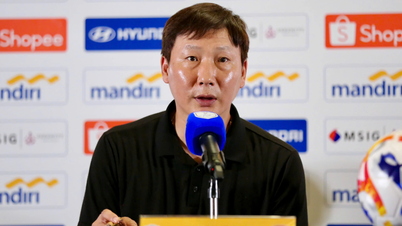

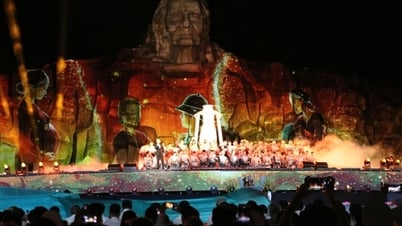






























Comment (0)